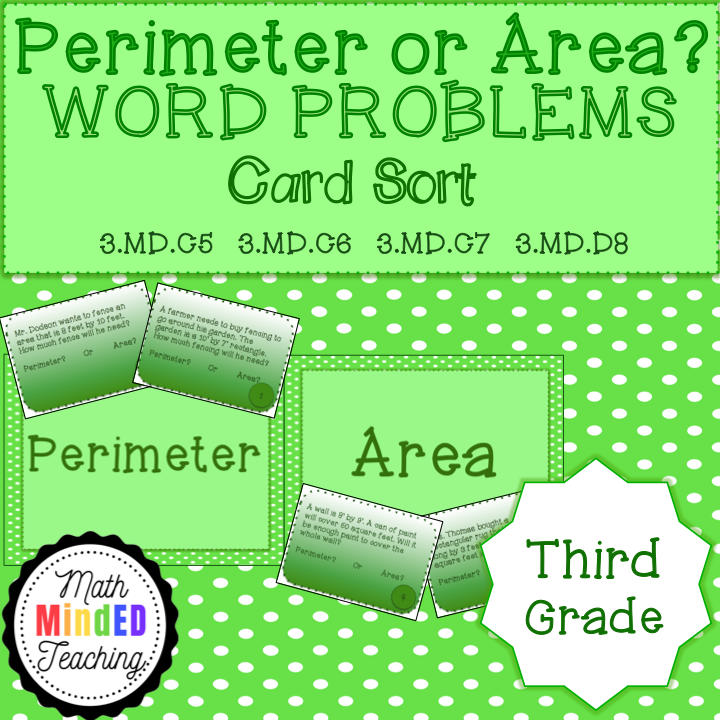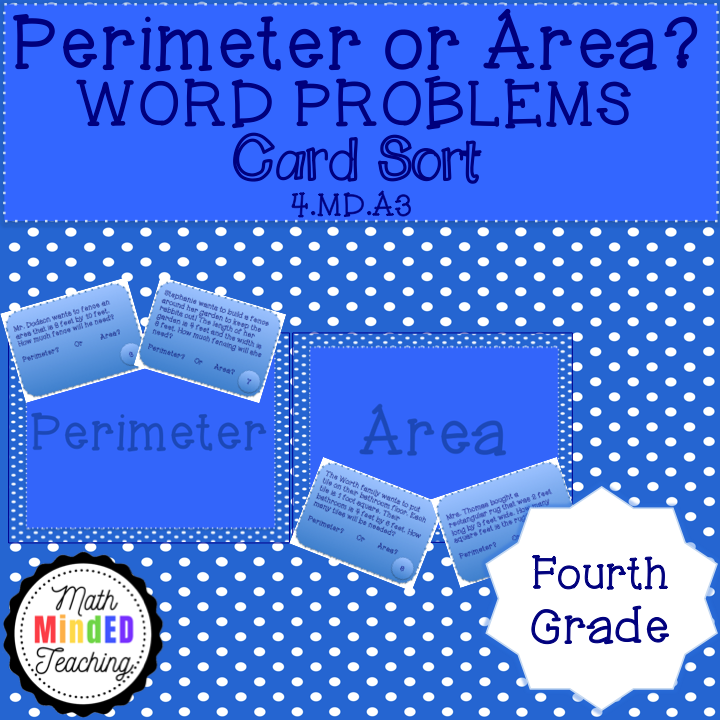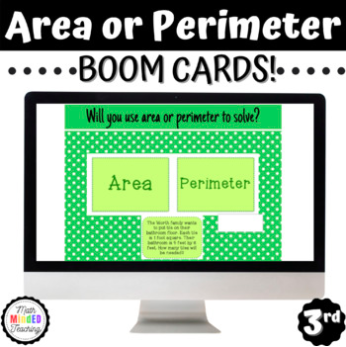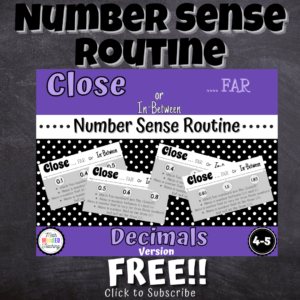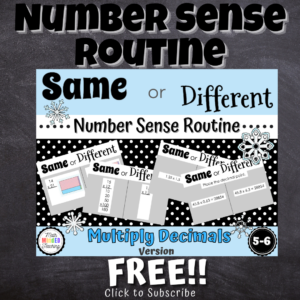Do your students have trouble with area and perimeter? Do they confuse the two? Is it a subject that you dread to teach? You are not alone.
Why?
Before we can begin to solve this issue, let’s discuss the reasons behind why students might struggle with area and perimeter.
First, one of the main reasons why students may struggle with area and perimeter is a lack of context. Students struggle with area and perimeter when they are never presented with a context to understand the difference. According to Kaplinsky, students confuse area and perimeter because they are often “presented problems without context or with fake/trivial contexts. As a result, the terms “area” and “perimeter” remain abstract labels rather than something attached to a relatable meaning.” If area and perimeter are not taught in context and students are simply asked to find the area or perimeter of a rectangle, students will most likely guess which previously memorized formula to use without understanding what they are doing. Sound familiar?
Second, another reason why students may struggle with area and perimeter is when they are taught together. In this case, students will struggle to differentiate the two concepts. Van de Walle, Karp and Bay-Williams (2014) suggest that it is perhaps because “both area and perimeter involve measurements, or because students are taught formulae for both concepts at about the same time, that they tend to get the formulae confused.” Area and perimeter appear consecutively in many math textbooks. For example, on day one students find the perimeter of several different rectangles. On day two, they find the area of many different rectangles. On day three, students find BOTH area and perimeter (without context I might add)! This is when area and perimeter become vocabulary issues. Students have not had enough time to develop the new vocabulary terms to distinguish the two when presented together. The confusion between these two concepts results in learners developing misconceptions.
How to Help with Area and Perimeter
To help your students, give them real, authentic context based math questions. Provide students with the kind of context they would expect to find in the real world to better support conceptual understanding. I encourage you to try using an “Area and Perimeter Sort” to determine if your students truly don’t understand the concepts of area and perimeter, or if their errors are simply related to a vocabulary issue.
It is a poor context issue, if a student is able to sort real-world context based questions correctly, but then they don’t get the correct value. This may occur because the student used the wrong previously memorized formula. To help with this, teachers will need to develop the conceptual understanding of area and perimeter. In this case, students will need to be presented more problems with context instead of without.
It is a vocabulary issue if a student is able to get the correct answer with real-world context based questions, but then they sort them incorrectly. This is most likely due to teaching the two concepts simultaneously. In this case, take your time and develop each concept separately before introducing them together.
If your students are not able to arrive at the correct value or sort them correctly, then there is much deeper work that needs to be done.
If you would like to read more on the subject, check out Van de Walle, Karp and Bay-Williams (2014) book, Elementary and Middle School Mathematics: Teaching Developmentally or Robert Kaplinsky’s blog post on the subject.
Van de Walle, J.A., Karp, K.S., & Bay-Williams, J.M. (Eds.). (2014). Elementary and middle school mathematics: Teaching developmentally. Boston, MA: Pearson Education.

